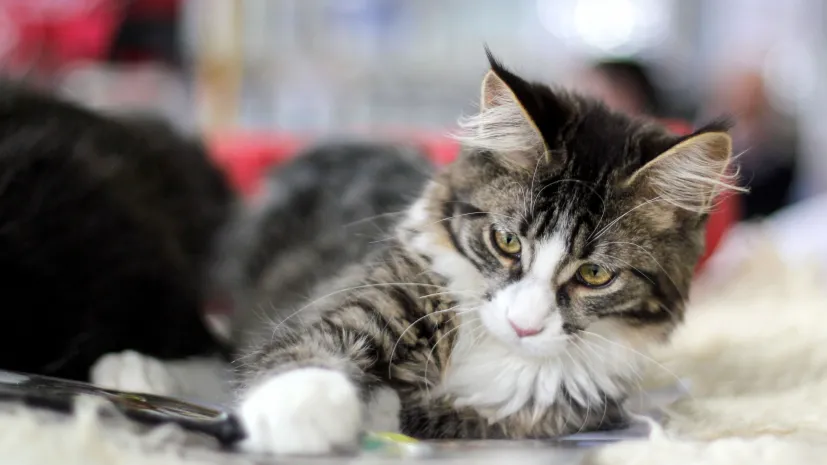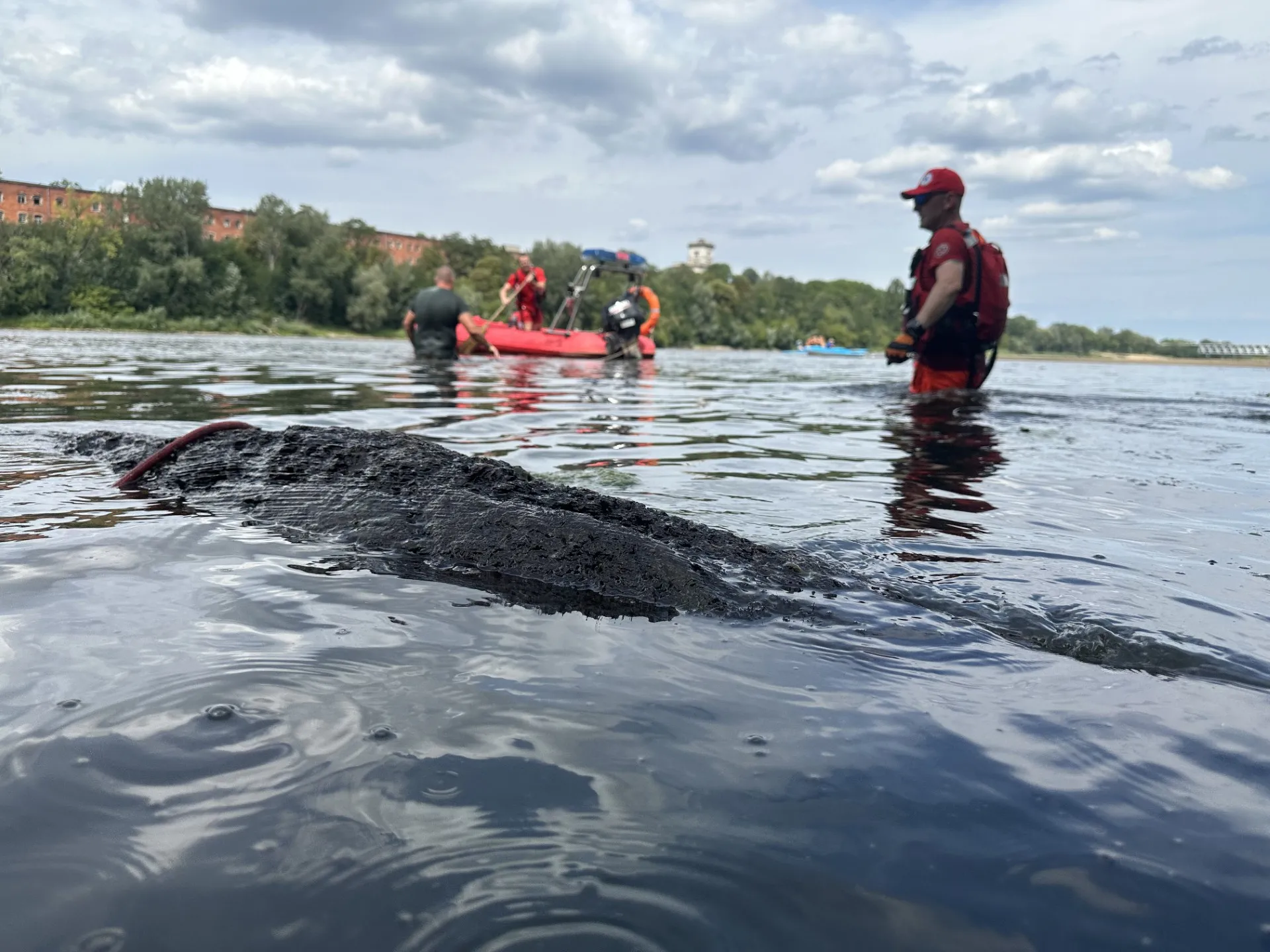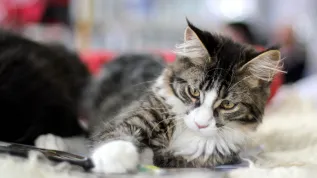-
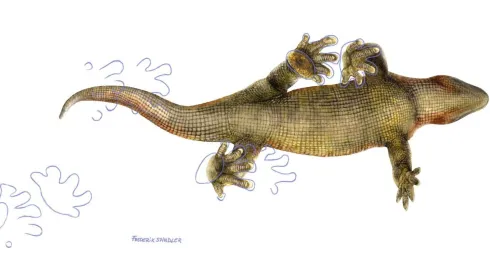
300-million-year-old amphibian with scaled tail - new clue in evolution
A diadectid was an amphibian that lived 300 million years ago in the area of today's Sudetes. Scientists have found a trace of its tail, on which they noticed rows of scales - like those of reptiles. The discovery suggests that the scales that helped animals enter and conquer the land evolved earlier than previously thought.
-

Wrocław doctoral candidate looking at ways to cleanse Baltic Sea of chemical weapons
Dawid Kramski from the Wrocław University of Science and Technology is looking for a way to remove arsenic from the bottom of the Baltic Sea using polymers used in 3D printing.
-
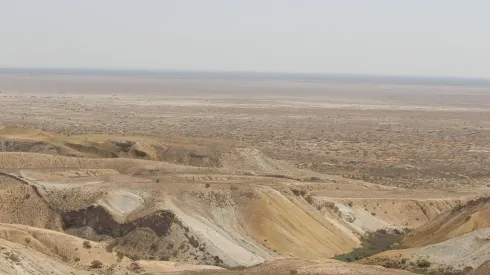
Polish scientists to help rebuild ecosystems in place of dried-out Aral Sea
Salty and polluted soils, lack of water, strong sandstorms make the areas of the dried-out Aral Sea a hostile ecosystem. Scientists from the University of Warsaw will help stabilise the desert area, restore vegetation, and retain those inhabitants who still remain there.
-
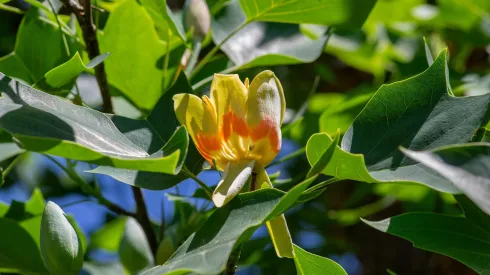
Scientists from Krakow and Cambridge discover new type of wood
Tulip trees have a unique type of wood that does not fit into either category of hardwood or softwood, according to an analysis of tree evolution conducted by scientists from the Jagiellonian University and Cambridge University. The results of the research were published in the journal New Phytologist.
-
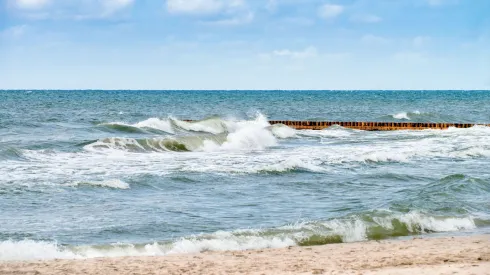
Jagiellonian University scientists among researchers working on reducing sea pollution from Baltic Sea wrecks
Institutions from Poland, Lithuania, Germany and Sweden have joined forces to reduce pollution in the Baltic Sea from dangerous fuel, munitions and other wreck remains.
-
![Tooth of the dormouse Glis sackdillingensis (Heller, 1930) (ZPAL M. VIII/b/G2/1) found at the Węże 2 site. The age of the tooth is estimated at 2.9-2.6 million years (late Pliocene). A. Photograph of the upper grinding surface. The yellow box [C] indicates the region affected by caries. B. 3D model made using X-ray microtomography showing the affected area. A1/B1 tooth diagrams and its position. C. Scanning electron microscopy (SEM) image of tooth enamel affected by caries. D, E, F fossilized bacteria with an indication of their location within the defect. Credit: Dr. Błażej Błażejowski.](/sites/default/files/styles/srednie_zdjecie_490x275/public/202407/48970408_48970396.jpg.webp?itok=Guj52IIz)
Researchers find 2.5-million-year-old rodent tooth with traces of caries
Rodent teeth from over 2.5 million years ago were damaged by the caries disease, Polish palaeontologists have found. They noticed traces of the disease along with bacterial remains on a molar of a dormouse.
-
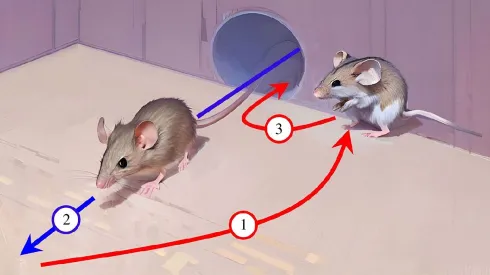
Wild mice are capable of creative thinking when escaping predators, say scientists
Wild mice are capable of creative thinking. There are many indications that they are capable of intentional deception to avoid an encounter with another individual, researchers have observed. This is the first time such high cognitive abilities have been described in murine animals.
-
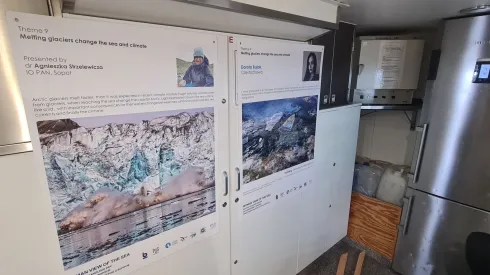
Scientists investigate affects of the Baltic Sea on the Arctic
Scientists are trying to better understand the impact of the Baltic Sea on the Arctic. Analysis of samples collected during the annual AREX scientific expedition by the Institute of Oceanology at the Polish Academy of Sciences will make it possible to investigate whether and how the brackish waters of the Baltic Sea affect the Arctic environment.
-
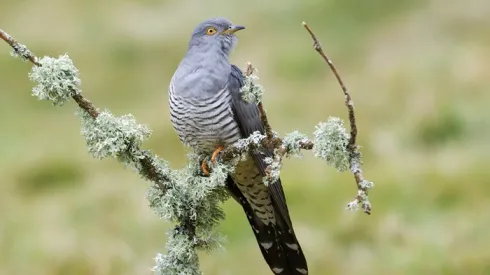
Birds react to cuckoo calls even in winter
Many bird species react to cuckoo calls even in winter, scientists have discovered.

